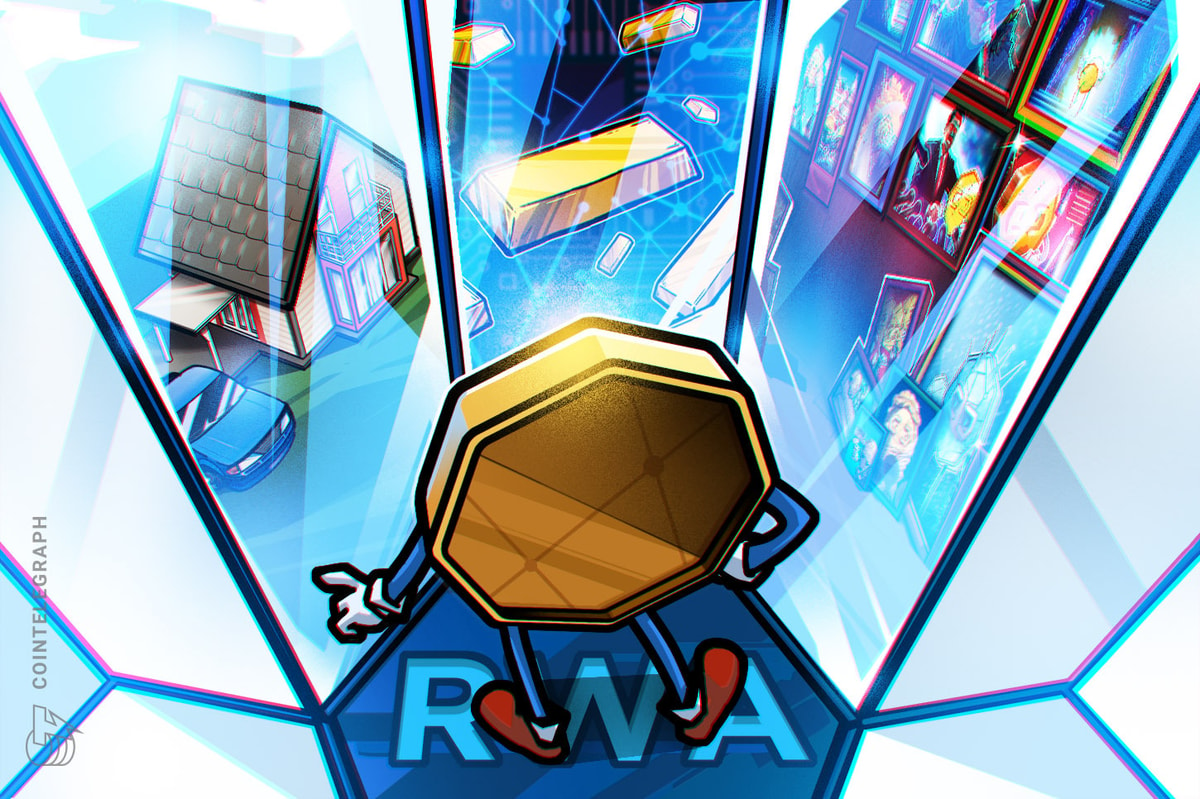The world of cryptocurrencies has witnessed a surge in the creation of community coins, often utilizing popular names like Elon Musk, Tesla and Andrew Tate, or even memes like Pepe. Unfortunately, these coins often have no real connection to the individuals or entities they reference, leading to potential confusion and misleading investments. While it may seem challenging to prevent the creation of such tokens, there are ways in which users can protect themselves from falling prey to these dubious offerings.
Understanding the challenge
It is no secret that anyone can create a token in a matter of minutes, thanks to the widespread availability of resources and tutorials on platforms like YouTube.
This accessibility has allowed for the proliferation of memecoins and speculative tokens. This phenomenon attracts a particular subset of users, mainly those interested in quick gains rather than the technical aspects of cryptocurrencies. The lack of knowledge about how easily these tokens can be created makes it crucial for the audience to understand the potential risks involved.
Below are some indicators that often create a long-term problem for the tokenholders:
- Honeypot — a potentially deceptive token that might be unsellable due to the token contract’s structure or contain harmful code.
- Blacklist — indicates the possible absence of a blacklist function in the contract, which, if present, could impede normal trading for certain addresses.
- Buy/sell tax — an automatic redistribution fee applied to transactions.
- Creator owns more than 5% liquidity — the token contract creator holds a significant number of tokens, which, if sold, could notably affect the token’s price.
- Contract audit — verifies that a smart contract is certified by a reliable third-party source, ensuring that it’s ready for use and designed to protect users.
Using analytics software like Dextools.io can help investors reduce the risks associated with contract creation, but this is not enough to make a completely safe environment for trading. Therefore, a need for a unified token minting standard is poignant in the current crypto space.
The role of unified standards
To address the issues associated with random coin generation and misleading tokens, a unified standard for social and community token minting is necessary. By establishing this standard, the space can ensure that social tokens have a genuine connection to their respective social handle holders. This connection creates an environment where investors can make informed decisions based on the actions and reputation of the token creator, rather than being swayed solely by catchy names or celebrity endorsements.
Some of the most important aspects of the standardization process include:
- Standardized smart contract framework — creating a secure, comprehensive smart contract structure addressing common issues in token minting.
- Promotion of transparency — making smart contract codes public and maintaining clear, immutable transaction records.
- Implementation of auditing procedures — enforcing rigorous third-party auditing on all tokens to ensure code standard compliance.
- Community involvement and governance — encouraging community participation in improving and evolving token standardization procedures.
- Education and resources — providing educational resources to help users understand token standards, thereby aiding in informed investment decisions.
Benefits for all stakeholders
Implementing a unified standard for social token minting benefits all parties involved. For investors, it provides a level of transparency and accountability that is currently lacking in the memecoin space. They can assess the reputation, track record and engagement of the social handle holder before investing in their associated token. This approach reduces the likelihood of falling victim to scams or misleading projects.
Furthermore, creators of social tokens also benefit from this standardized model. They can establish a stronger connection with their community by leveraging their social handle as a representation of their token’s value. It encourages responsible token creation, where the actions and reputation of the creator become integral to the success and growth of the token and are governed by the community and not just the token creator.
While it may be challenging to prevent the creation of random community coins, it is possible to create an environment that provides clarity and protection for investors. By implementing a unified standard for social token minting, we can ensure that social tokens have a genuine connection to their creators while minimizing the risk of scams and misleading investments. As investors, it is vital to be aware of these challenges and seek out tokens that adhere to these principles, safeguarding themselves from the pitfalls of the crypto world.
Ivars Indriks is a serial entrepreneur with a knack for building and scaling startups. He has a proven track record of creating and selling successful ventures, including four social networks as well as mobile apps and casual social network games. Currently, he serves as the CEO and product architect at Hundrx, a company focused on developing Web3 layers for social networks and utilizing decentralized social tokens. With a strong background in engineering and growth hacking, Ivars is committed to pushing a new metric standard for evaluating the power of social capital for mass adoption.
Disclaimer. Cointelegraph does not endorse any content or product on this page. While we aim at providing you with all important information that we could obtain in this sponsored article, readers should do their own research before taking any actions related to the company and carry full responsibility for their decisions, nor can this article be considered as investment advice.












